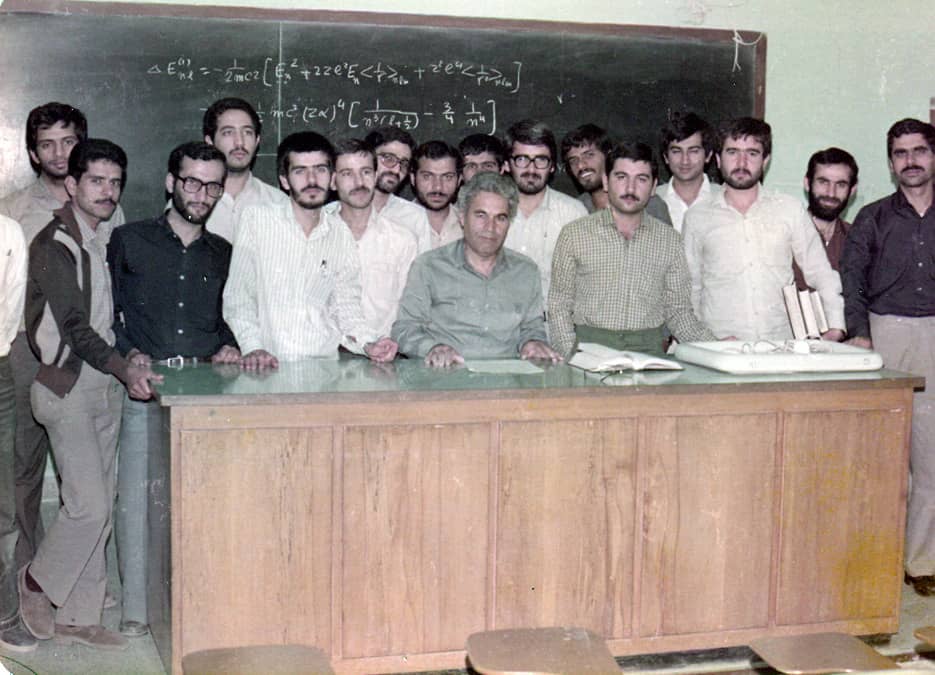About Us
The Physics Department at Shiraz University was first established in 1960. It was originally located on the third floor of the Medical Sciences Department of Shiraz University. Years later, with the establishment of College of Sciences and Literature, it was moved to Adabiat Square near the historic Tomb of Hafez. Eventually in 2013, the Physics Department moved to Eram Campus, located on the foothill of Shiraz University main campus.
Dr. Tamadon Farzaneh , who in 1960 was a faculty member of Medical Sciences, developed the physics curriculum as he was actually a bio-physicist. He was the first head of the physics department which had five faculty members including Dr. Ali Akbar Khodadoust (brother of the well-known eye surgeon Ali Asghar Khodadoust), and three other lecturers with bachelor degrees in physics. Physics laboratories were established on the initiative of Dr. Tamadon who bought many of the equipment directly from USA. In 1964, Dr. Yousef Sobouti who had just finished his Ph.D. in astrophysics under the supervision of nobel laureate Subrahmanyan Chandrasekhar, joined the physics department. Throughout his long career in the physics department at ShirazUniversity, Dr. Sobouti made many significant contributions both to the Physics Department and Shiraz University.

Professor Sobouti quickly established a semester based academic calendar with rigorous undergraduate teaching which included special relativity, quantum mechanics and statistical physics. Accordingly, the physics department grew to nine faculty members including five Ph.D.'s by 1966. Under Dr. Sobouti's initiative, a graduate program was proposed, approved and established for the first time in Iran. The incoming class of eight Master's students in 1967 including Dr. Mahmoud Barati and Dr. Gholam Ali Hadaad Adel. The process of growth in research and teaching flourished rapidly in the physics department which became a role model for many other departments not only in Shiraz University but also many other universities throughout the country. For example, research based evaluation and promotion of faculty was first established in the Physics Department at Shiraz University.
Another important development in the history of Shiraz University Physics Department was the establishment of Biruni Observatory. On a visit to Shiraz University in 1969, Dr. Robert H. Coch who was then the head of the physics department at University of Pennsylvania discussed with Dr. Sobouti the possibility of building an observatory. The work on the construction started in 1972 and was finished in 1975. Professor Edward Guinan along with Professor Coch helped greatly with the establishment of the Biruni observatory which was equipped with a 51 centimeter wide telescope. Biruni observatory is recognized as the first research observatory in Iran. For more information on Biruni observatory, please visit www.obs.shirazu.ac.ir.
During and after the Islamic revolution in 1979, there was not much attention to academic growth as politics dominated the academic environment for many years. However, in 1988 the first Ph.D. program was again established at Shiraz University under the supervision and guidance of Dr. Sobouti. The first Ph.D.'s were awarded in 1992 which included Dr. M.H. Dehghani and Dr. S. Nasiri.
The Physics Department has continued to grow considerably in the 21st century. It currently holds 21 fulltime research faculties as well as 5 retired faculties who are still active in research and training students. As of 2021, about 200 Ph.D.'s and 800 Master's degrees have been awarded. 2500 undergraduate degrees have been awarded as well. The Physics Department now has seven different specialties: Nuclear Physics, Astronomy and Astrophysics, Gravity and Cosmology, Condensed Matter Physics, Particle Physics, Laser and Optics, and Statistical Physics and Complex Systems.
The Physics Department at Shiraz University has been a leader in physics research and teaching in Iran since its establishment in 1960. It has been recognized and awarded both nationally and internationally on numerous occasions, including one percent highly cited faculties in 2019 and leading two percent faculties in 2020 among all international researchers, documented and published by Stanford University, Oxford University and Scopus. For more information please visit https://sci.shirazu.ac.ir/web/physics_dep.
